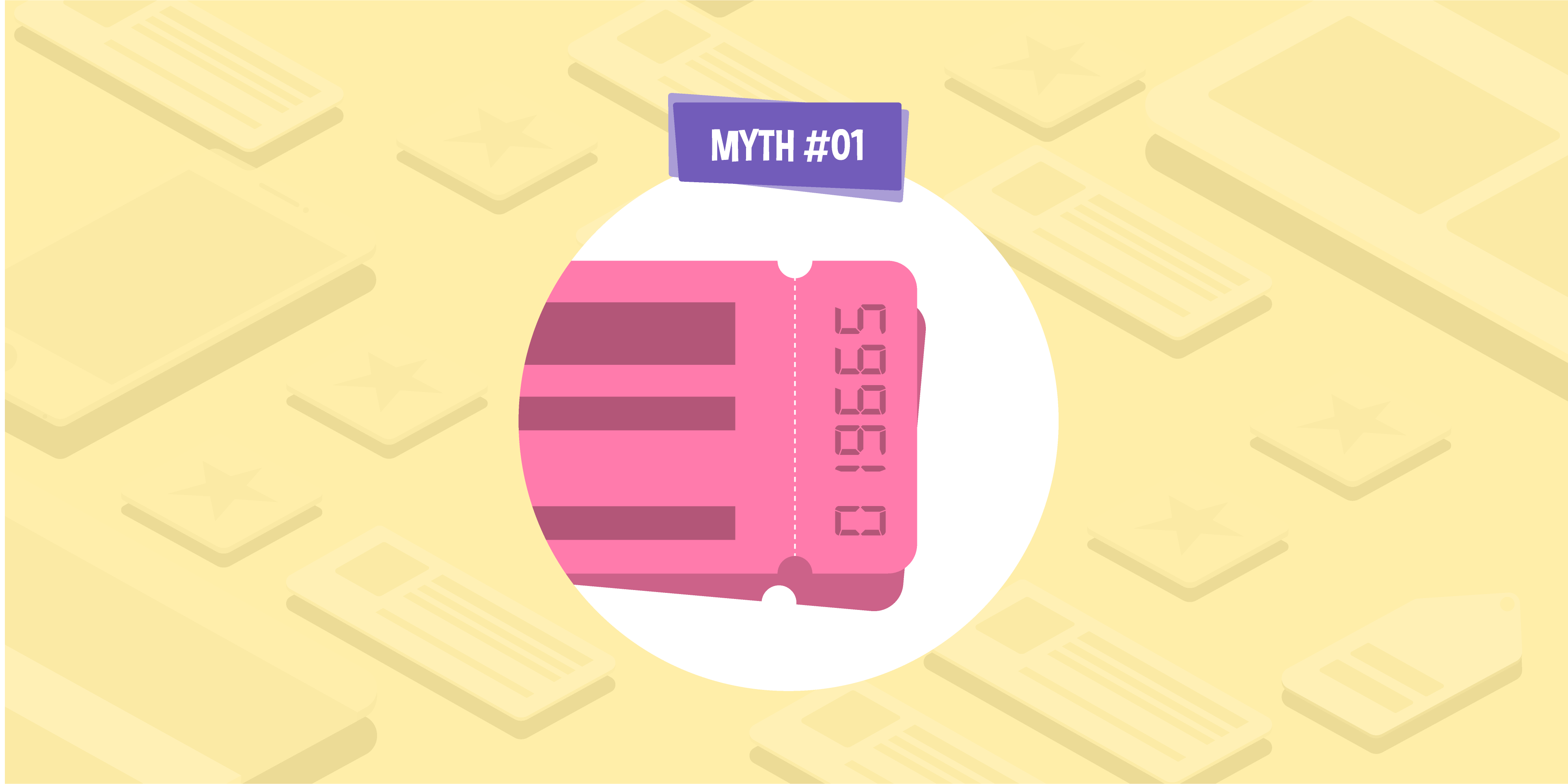
- 11 Jun 2019
- 4 Min read
May 2019: SEO news and Google updates
- by Emily Park
In May 2019, there were lots of developments within the SEO and digital marketing industry that might affect you and your business. For example, it was announced that all new sites will be mobile-first indexed from July, and Google made some edits to its Search Quality Evaluator Guidelines. The search engine giant also launched a new SEO myth-busting YouTube show, and officially announced its Performance Planner in Google Ads.
Here, we’re going to outline all of the biggest SEO news stories from the last month, to help keep you up to date with all of the latest goings-on. Read on to make sure you’re in the loop!
Google launches new video series to debunk SEO myths
Google has launched a new series on its Webmaster YouTube channel in an effort to debunk common SEO misconceptions. In the description for the trailer of SEO Mythbusting, Google says: “SEO can be a bit of a black box and it isn’t always easy for SEOs and developers to work together and speak the same language. In this series, Martin Splitt from the WTA team and members of the developer and SEO communities chat about topics around technical SEO to clarify common misconceptions and answer common questions”.
This is great news for everyone from small business owners who want to know more about the industry, to agencies that want to highlight the importance of some of their practices to clients. If you’re interested in learning more about SEO from those actually working behind the scenes of Google, it’s certainly worth subscribing!
All new sites to be mobile-first indexed from 1 July
On 28 May, Google announced that, from 1 July, mobile-first indexing will be enabled by default for new sites that were previously unknown to Google Search. The search engine giant has said this is because new websites are generally ready for this method of crawling, as they typically show the same content on both desktop and mobile.
Again, this announcement only applies to brand-new sites — older websites that haven’t yet been migrated to the mobile-first index will continue to be indexed the old-fashioned way until they’re ready to be moved over.
As we mentioned in our guide to the mobile-first index, it’s vital that business owners start making their mobile sites a priority, but this is even more of a pressing issue if you’re launching a new site.
Google rolls out new mobile search design with black Ad label

Google has updated the design of its mobile search results and, as part of this, its text ads and organic listings have been given a new look.
The search engine has been testing a black “Ad” label for several months, and it has officially replaced the green outlined label that was first introduced in 2017. These new labels will now appear at the top of each ad, along with the display URL that is also in black text. In their announcement of this change, Google said: “When you search for a product or service and we have a useful ad to show, you’ll see a bolded ad label at the top of the card alongside the web address so you can quickly identify where the information is coming from”.
New favicons — little logos next to the URLs of websites —have also been added to the organic search results. Google has said this is to help searchers better understand where information is coming from, and which pages are likely to have the information they’re looking for. Their research has also found that adding these little icons makes the SERPs easier to scan, so internet users can find what they’re looking for more quickly.
If your site has a favicon that you would like to show up in the search results, Google has put together a guide that explains how you can make this happen.
Google updates Search Quality Evaluator Guidelines
On 16 May, Google updated its Search Quality Evaluator Guidelines — the first time any changes have been made to this document since July 2018. These revised guidelines are used by human quality raters who evaluate websites and SERPs. And, while they don’t directly affect rankings, the judgements made by Google’s quality raters are used to improve Google’s search algorithm, which means it is important business owners and content creators pay attention to them.
Although the document has increased in length by two pages, the majority of the guidelines have remained unchanged. However, there are some little details that are worth paying attention to. For example, Google has now made it clear that app developers and advertisers that employ interstitial pages or ads need to make sure that their adverts don’t limit a searcher’s ability to access the content they’re looking for.
Another notable change is that E-A-T is now included in the section about Page Quality, which suggests even more of an emphasis is being put on expertise, authoritativeness, and trustworthiness when assessing a page. If you would like to know more about this, make sure you check out our guide to E-A-T ratings and how to improve yours.
Performance Planner goes live in Google Ads
Google Ads now offers a Performance Planner that has been designed to help you understand how to allocate a set monthly budget across all of your campaigns. The information this tool provides you with is based on Google’s projections for maximising incremental conversions. The Performance Planner can also be used to get an idea of how any changes you make to your campaign could affect your conversions, clicks, and other metrics.
Google first started testing this tool back in March when it was known as the Budget Planner, but it’s now been announced and is officially called the Performance Planner. It allows you to create a budget plan, with either clicks or conversions set as the key metric. Through the Compare tab, you’re then able to see how your current settings — and any changes you’re planning to make — stack up against how your campaign has been performing so far.
However, it’s worth noting that, as the name would suggest, the Performance Planner is strictly a planning tool. So, you can’t actually use it to implement any changes: instead, you have to download the changes and then upload these into Google Ads Editor.
So, there you have it: five of the biggest SEO new stories from May 2019. If you would like more updates from the last few months, you can also read our bulletins from April and March 2019. Or, if you would like daily insights into what’s going on in the industry, follow us on Twitter, Facebook, and LinkedIn.
If you’re looking for a PPC, affiliate marketing, or SEO agency to help boost your online visibility, you can also get in touch to discuss your needs. We’ll be more than happy to help!

